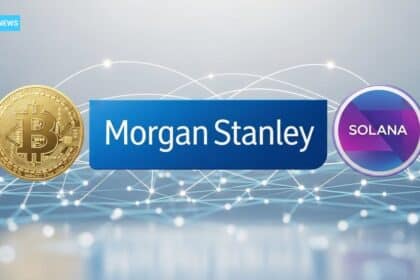Hacker Launders $19.4M in ETH via Tornado Cash After $27.3M Multi-Sig Theft
This article was first published on Deythere. A large Ethereum theft is…
Morgan Stanley Files for Spot Bitcoin ETF and Solana Trust
This article was first published on Deythere. Morgan Stanley has formally stepped…
Sui Tops Bitcoin and Ethereum During Privacy-Focused Upgrade Push
This article was first published on Deythere. The Sui privacy research wave…
Solana ETFs Market Tops $1B, Led by Bitwise’s $732M BSOL Fund
This article was first published on Deythere. Solana ETFs have reached a…
XRP and Solana Lead Institutional Crypto Interest in 2025
Institutional crypto inflows 2025 show a clear shift in how professional investors…
Claims of Venezuela’s $60B Bitcoin Network Resurface After U.S. Intervention
This article was first published on Deythere. Bitcoin is not supposed to…
Hedera Powers Blockchain-Backed Court Documents at DIFC
This article was first published on Deythere. Dubai International Financial Centre (DIFC)…
Solana Emerges as a Spot Trading Platform With $1.6T On-Chain Volume
This article was first published on Deythere. Solana saw its on-chain spot…
Washington’s New Crypto Bill Would Strip States of Oversight Powers
CLARITY Act crypto regulation is entering a critical stage as U.S. lawmakers…
PwC Expands Digital Assets Services as U.S. Crypto Policy Stabilizes
This article was first published on Deythere. PwC digital assets work has…




















































































































